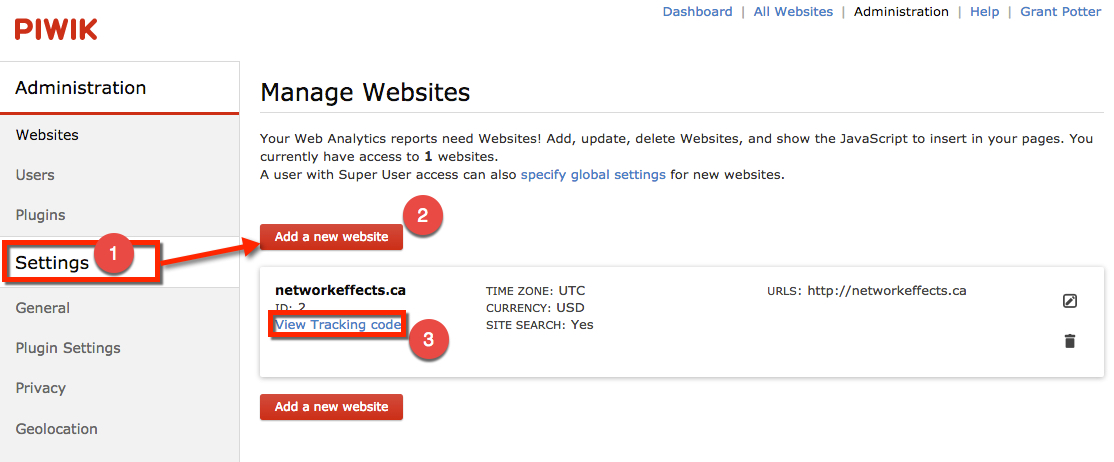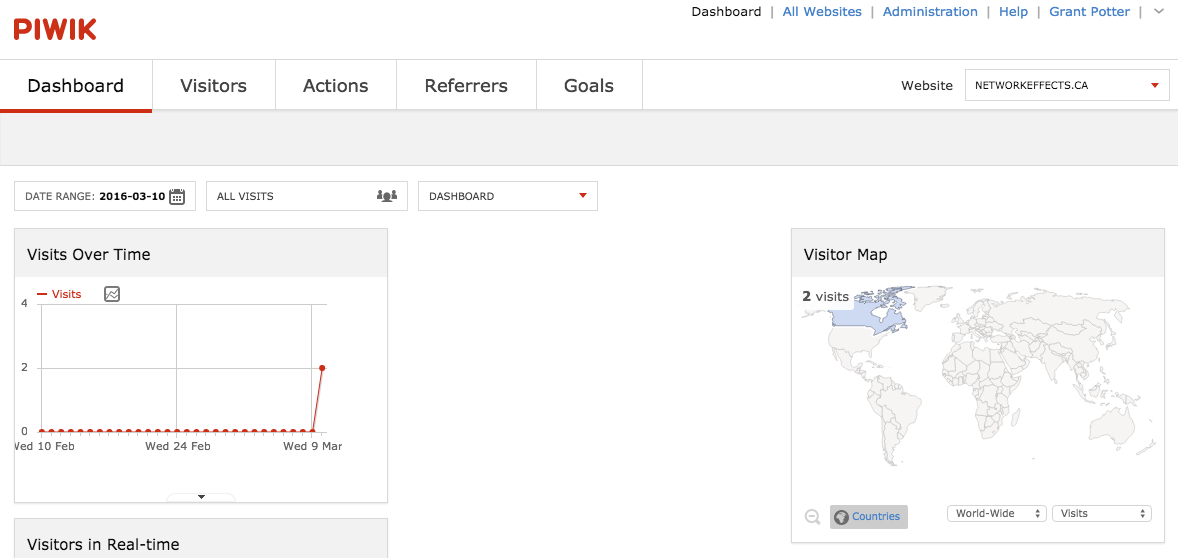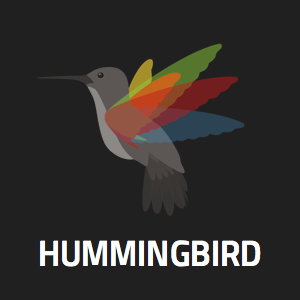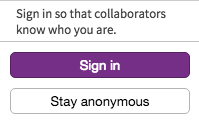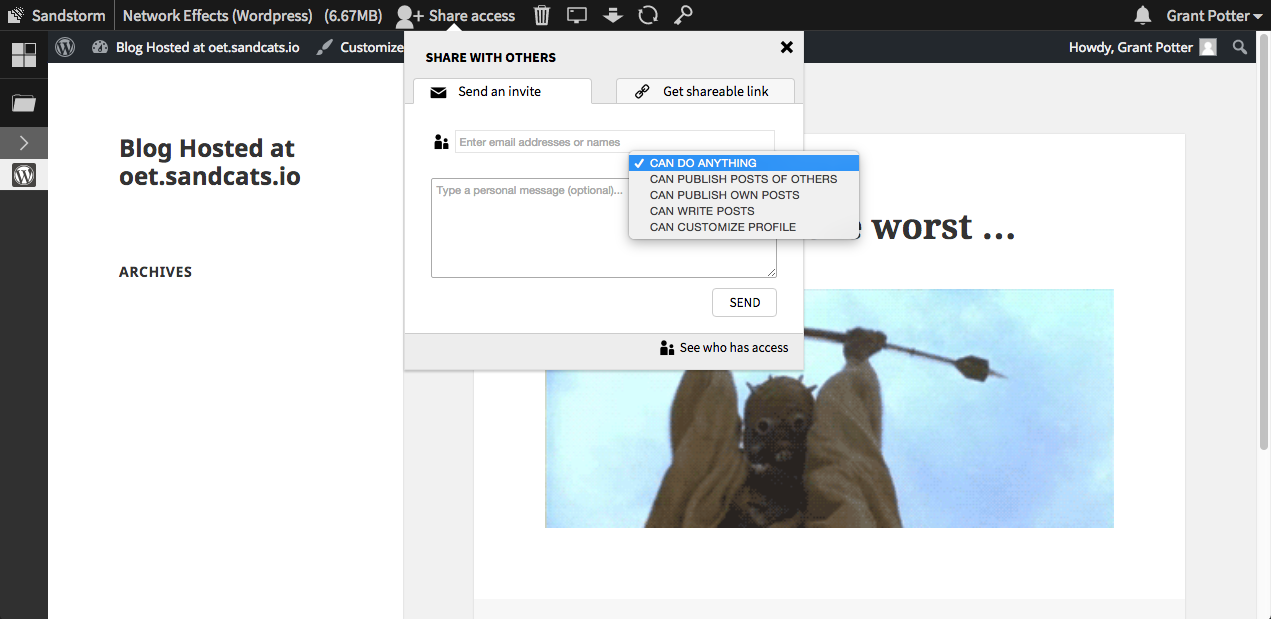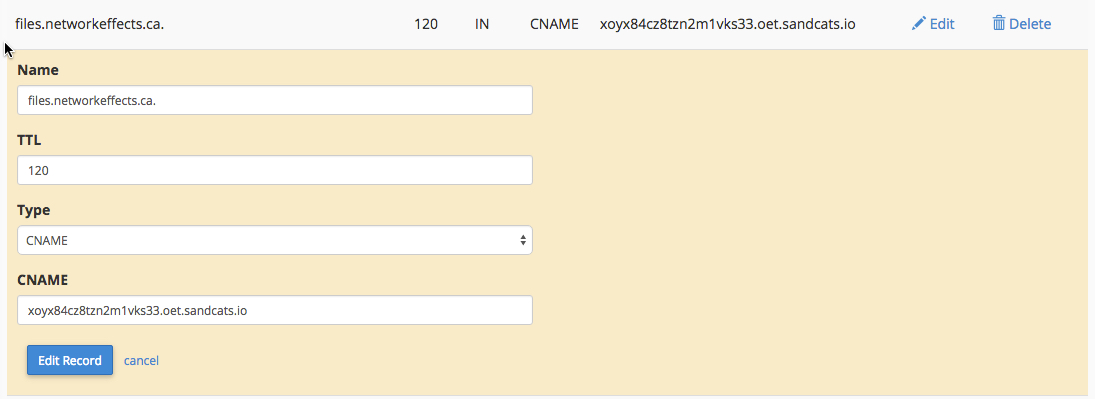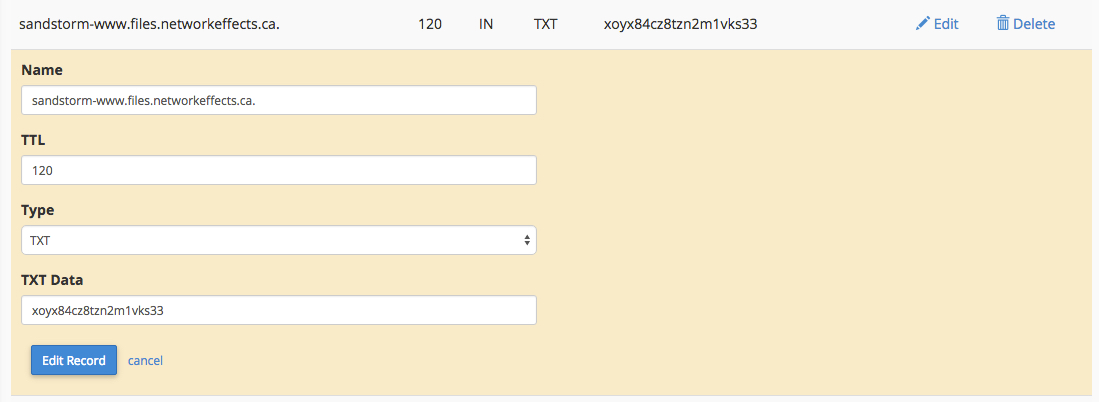Seems that for Canadian universities, Google Analytics may be OK for individual privacy, but troubling for broader implications. Am I wrong?
— Brian Lamb (@brlamb) January 28, 2016
Brian brings up a great point here. Seems a significant number of BC post-secondary websites are fine using Google Analytics despite it being contrary to guidelines and standards for “All provincial ministries and organizations that have a direct reporting structure to a Minister”.
There are a number of good reasons why you may not want to track visitors to your website/service. If you do plan on tracking visitors to your website, you should carefully consider your reasons, and the impacts:
“The data is interesting.” “The data is valuable.” “The data is actionable.” “The data is monetizable” – bought and sold. So we’re told…
Are these sufficient reasons to track your website visitors?
Interesting to whom? Valuable to whom? Actionable by whom? How? Who’s buying it?
Do you use the data that’s being collected? Or are you just a proxy, collecting and handing it off to others?
If you are going to collect such data, and don’t want it handed off to third-party providers, you have 2 self-hosted options in oet.sandcats.io.
I have Piwik up and running on here at networkeffects.ca. It took me 5 minutes to install, configure, and start collecting some data.
1. Install Piwik at oet.sandcats.io
2. Navigate to the [All Websites] link in the top right-hand corner of your Dashboard. Select [Add a New Website] as pictured below.

3. You will be directed to the [Settings] page. Select [Add a new website] and fill out some basic information about your site, including the domain name for you site.
Once you have filled things out, click [View Tracking Code].
4. On this page, you will be offered some Javascript. Copy it.
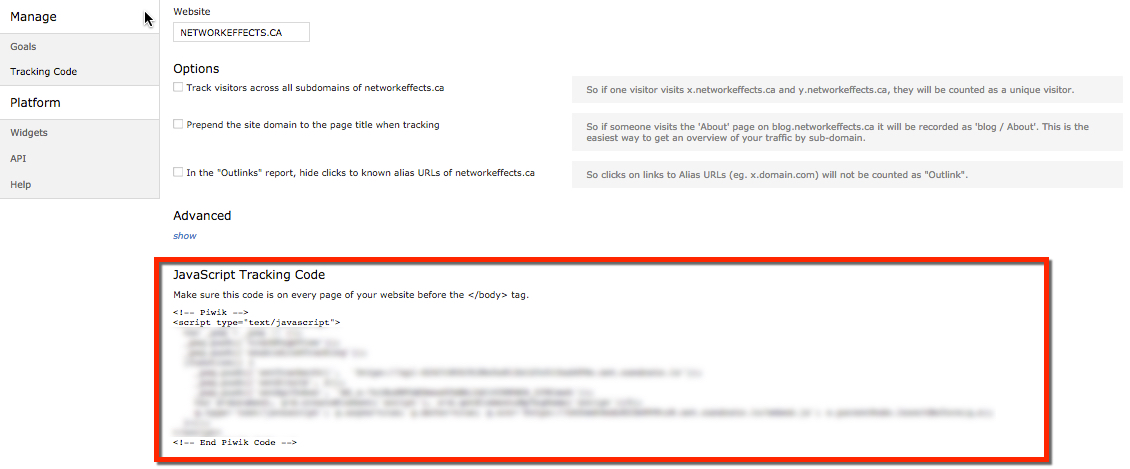
5. If you are a WordPress user, install the Tracking Code plugin. There are other plugins that also do the same thing.
6. Take the Javascript you copied from Piwik and paste it in your WordPress plugin settings.
7. Visit your site a few times and check your Piwik grain at oet.sandcats.io.
What are the advantages of using open source software like Piwki for your site analytics needs?
- Your web data will not be used or looked at by other entities.
- To ensure and respect your visitors Privacy, you can:
- Automatically anonymize Visitors IPs,
- Include a analytics opt-out feature on your site (using a simple iframe),
- Delete old visitors logs,
- Respect end-user Do Not Track settings.
- The software being open source, it is easy to give feedback to the team and contribute changes.
- Be part of an active open source community of more than 100k active users.
- Piwik folks are active advocates of online privacy
Hummingbird is also available at oet.sandcats.io and lets you see how visitors are interacting with your website in real time. A very different app from Piwik as it only provides a real-time view, but potentially useful for conferences, events, displays, & other such special use cases.
Setup is very easy:
- Fire up a Hummingbird grain
- Copy the [Tracker] code. Paste it in the footer of your website or your Wordpress footer plugin.

- Watch your live visitor traffic.


